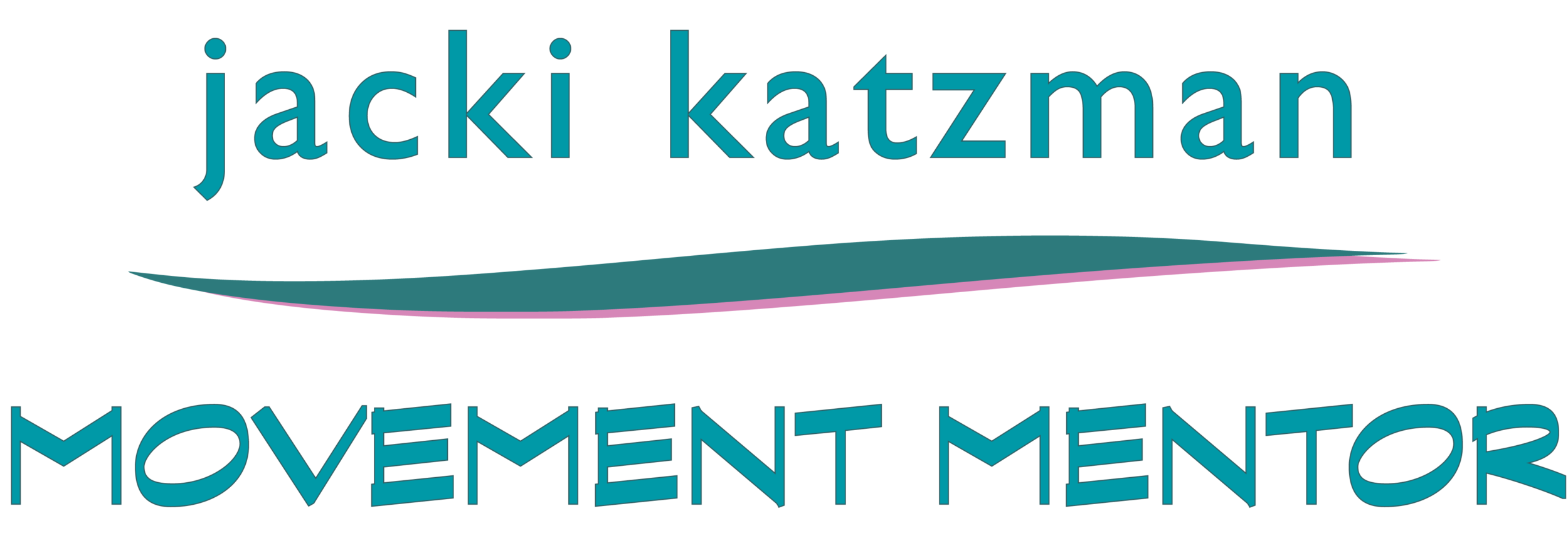Back On Our Feet - 5 - Tripod Foot
Back On Our Feet - 5 - Tripod Feet
The Foundation for Everything
Based on “Activating the Arches” as taught by Nick Strauss Klein
It all comes down to the feet. Gravity. The weight of the bones. Posture and alignment.
Triangles are very strong shapes. When a force (the load) is applied to one of the corners of a triangle, it is distributed down each side. The two sides of the triangle are squeezed. Another word for this squeezing is compression. The third side of the triangle is pulled, or stretched sideways. Another word for this stretching is tension.
The arches of the foot, formed by the tarsal and metatarsal bones, strengthened by ligaments and tendons, allow the foot to support the weight of the body in the erect posture with the least weight.
Two arches, or columns of bone that interlock, run down the length of the foot, one on the outside or lateral, and one on the inside, or medial. The transverse arch is located in the forefoot and lays under the metatarsal heads to absorb forces and help in forward propulsion during gait.
The transverse arch connects the two sides, creating the foot triangle.
All the forces of gravity point to the front of the heel. Which in turn is supported by the arches of the forefoot. Source: www.chiro.org:acapress:Body_alignment
This lesson gets to the core of it: the tripod of the foot, where this fundamental support sets up the whole system.
It touches all the “Back On Our Feet” lessons to date, starting with toes, moving on to the edges of the feet, and to that elusive ‘front of the heel’ from the mash-up "cowgirl boot” lesson. The finale integrates the feet into the entire leg system, as we touched on in the “pillows and swings’ lesson.
As it progresses, the image of ‘tapping a button with the outside ankle’ is a guide to shifting weight across the foot without rolling the knee. This is important for protecting knees from the twisting they were never designed to accommodate. The outside ankle, however, allows for movement and support of the knee; that outside ankle know is actually the bottom of the thin fibula bone, which does allow for twisting, and can play an important part in stabilizing the knee.
Ultimately, the forefoot (ball of foot and metatarsal under the ‘ring toe’) form one line of the triangle, both corners pointing to the front of the heel. This stable position allows for the foot triangle to support the whole body in both standing and walking.
This lesson is supine, lying on the back. You can also do it sitting in a chair. If “butterfly” position, seated with feet together and knees pointing outward, is difficult for you, think about doing the lesson, or at least that part of the lesson, in a chair.
Set Up:
Lying on a mat, a folded towel or firm pillow can make the side-lying parts more comfortable.
Seated on a flat-seated, armless chair. Sit on or support feet with a folded blanket or towel to make the thighs and hips level.
Science Nerd Candy this week is limited, as we have covered most of this already. You can review the
Anatomy of the Foot and Ankle - Web page with detailed descriptions of the foot and ankle’s bones, joints, ligaments
Foot Anatomy Animated Tutorial: Randale Sechrest (8:00) Starts at 0:30 – Again. Yes. With our perspective now of integrating the foot with the entire leg, review the second part of the video where he pay attention to the tendons and muscles that move the feet from above.
Acupuncture Points: A comprehensive review document covering the major acupuncture meridians, created for Chiropractors. Scroll through for the meridian maps. (Sorry, but i couldn’t find an easier to use set of maps)
Tripod Foot - source teachmeanatomy.info
The Voice-O-Meter choices this week are many. In the Traditional Chinese Medicine map of the body, the feet are the terminal points for several meridians. The Kidney and Bladder meridians pass through the inside ankle, heel and sole of the foot. The Stomach and Spleen meridians pass through the inside ankle and out to the first and second toe. The Liver and Gall Bladder meridians pass along the fibula to the outside of the ankle and end in the big and ring toes. We will use these sounds as we begin
Kidney/Bladder - CHOOO - releasing cold, fear, contraction
Spleen/Stomach - HAWWW - releasing anxiety
Liver/Gall Bladder - SHHHH - releasing anger
How You Might Feel After This Lesson: Sensitive to the sensitivity of the feet; Connected from toes to hips; Exquisitely aware of how the arches of the feet’s positions affect the entire body; Alert to the connections between the ‘domes’ of the feet and the pelvis, especially the pelvic floor; Balanced between the feet; Ready to try tap or ballroom dance shoes; Aware of the many supporting body triangles;
New Student Registration for the series. Continuing students use ongoing login. $40/month or $15/individual class. PayPal or Venmo: jackisue@aol.com. Or Jacki Katzman, PO Box 116, Bethlehem, NH 03574




